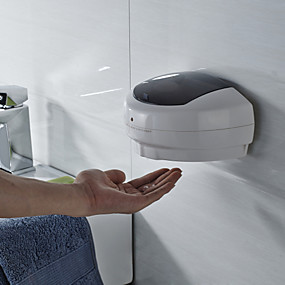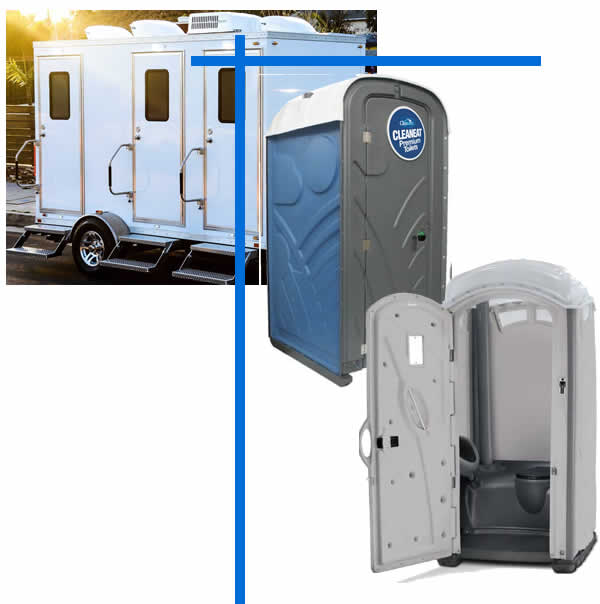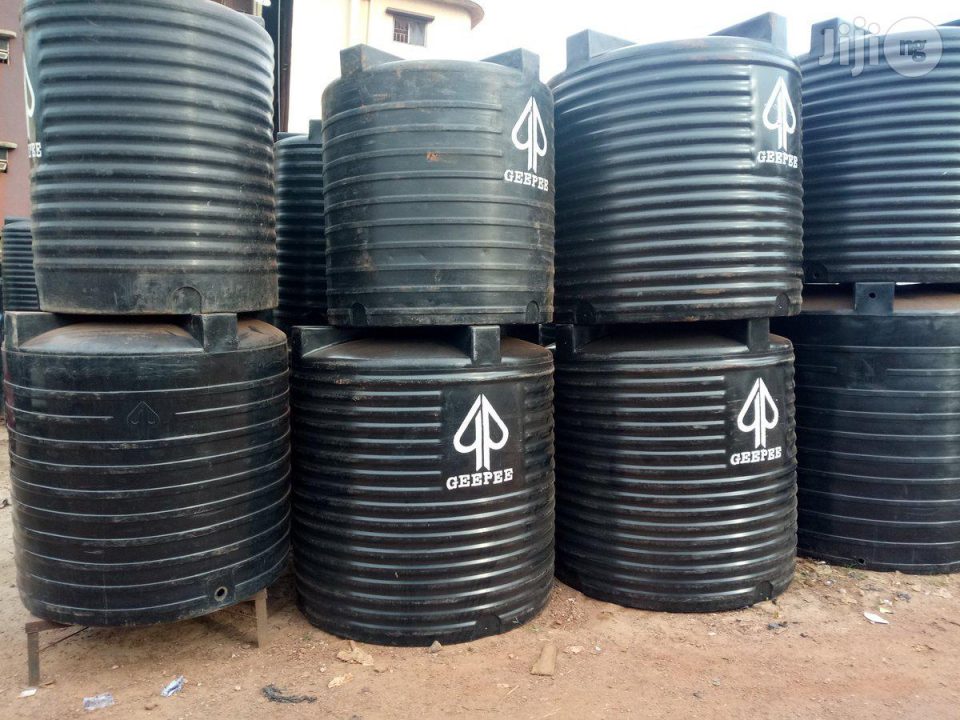
Key Locations to Install Hand Sanitizers
March 30, 2020
5 Top Selling Products to Keep you Safe from COVID 19
April 11, 2020Advantages and Disadvantages of Automatic Liquid Soap & Sanitizer Dispensers

ouch-free dispensers, automatic dispensers, motion-activated dispensers, or whatever you want to call them, are becoming more and more popular for hand soaps and hand sanitizers in institutional settings. Touch-free dispensers are an important innovation in hand hygiene, but before you install touch-free dispensers, be sure that you’ve made plans to avoid common problems.
We, at Cleaneat Integrated Services, have offered touch-free dispenser for many years to schools, healthcare facilities, government agencies, and other corporate customers in Nigeria.
Advantages of touch-free dispensers include:
- Because of their modern appearance, they attract attention which can increase hand hygiene compliance.
- They are very easy to install.
- They are easy to use, particularly for people that struggle to reach over countertops to access the dispenser.
- They deliver a standardized dose of hand soap or sanitizer.
- They eliminate a common contact point where germs can be transferred.
With all of the advantages of automatic hands-free dispensers being mentioned, I think it’s important for institutional purchasers to think through some of the negative aspects of touch-free dispensers before they make a final decision:
- Touch-free dispensers attract attention. Wait a minute, I just mentioned this as an advantage. Well, it is but sometimes they attract the attention of vandals. We see a slightly higher vandalism rate on touch-free dispensers compared to manual dispensers. This can be a serious problem because touch-free dispensers tend to cost substantially more than manual dispensers to replace.
- Batteries wear down. Most automatic dispensers have some sort of LED indicator that will alert maintenance staff that the batteries are low. But, when an automatic dispensers stops working, hand hygiene stops as well.
- Batteries add cost. Most touchless dispensers are very efficient and continue to work for many, many months. But, batteries do run down and will need to be replaced at a cost of at least a few dollars per dispenser. Over time, and with a lot of dispensers in a facility, this cost can really add up.
- Batteries are not always available. Maintenance personnel do not typically carry batteries with them. They also don’t typically stock batteries in their inventory. So, unless the staff is prepared when dispenser batteries run out, the soap and hand sanitizer can stop flowing for a long period of time. One final point on batteries is that we often hear hesitation from purchasing managers about “stocking up” on batteries because batteries are a commonly pilfered item (unfortunate, but true).
Touch-free dispensers are great, please don’t get me wrong. The purpose of this article is simply to encourage institutional purchasers to plan for all aspects of maintaining touch-free dispensers. I would recommend the following:
- Consider touch-free dispensers only in prominent locations that have reasonable supervision and frequent attention by maintenance staff.
- Make a plan for having a constant supply of batteries and store them in a safe, manageable place.



